“Ingres is said to have created an artistic order out of rest; I should like to create an order from feeling and, going still further, from motion.”
***
Paul Klee was a painter who wrote extensively about color theory. His lectures, Writings on Form and Design Theory, taught at the German Bauhaus school of art in the 1920s, were published in English as the Paul Klee Notebooks. They are considered as important to modern art as Leonardo da Vinci’s A Treatise on Painting was for the Renaissance.
Giulio Carlo Argan, in the Preface to the first volume of Klee’s notebooks, writes:
The writings which compose Paul Klee’s theory of form production and pictorial form have the same importance and the same meaning for modern art as had Leonardo’s writings which composed his theory of painting for Renaissance art. Like the latter, they do not constitute a true and proper treatise, that is to say a collection of stylistic and technical rules, but are the result of an introspective analysis which the artist engages in during his work and in the light of the experience of reality which comes to him in the course of his work. This analysis which accompanies and controls the formation of a work of art is a necessary component of the artistic process, the aim and the finality of which are brought to light by it …
Herbert Read called the collection “the most complete presentation of the principles of design ever made by a modern artist – it constitutes the Principia Aesthetica of a new era of art, in which Klee occupies a position comparable to Newton’s in the realm of physics.”
And now, these astonishingly beautiful works of art are available online (Volume 1: The Thinking Eye (PDF, 23 Megabytes), Volume 2: The Nature of Nature (PDF, 43 MBS))
If you’re like me, prepare to spend the rest of your day in this treasure trove of amazingness.
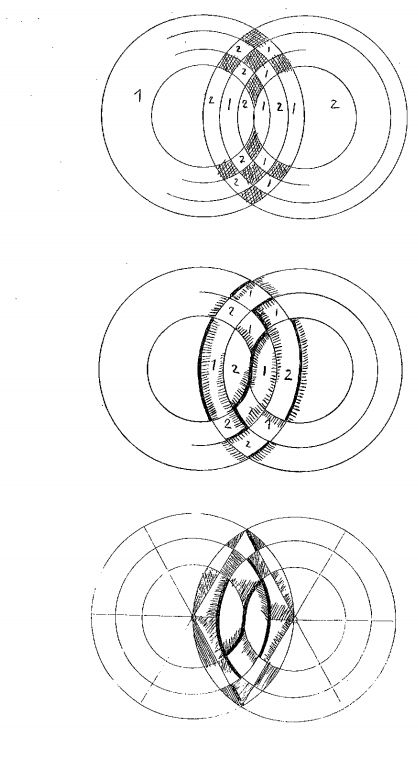
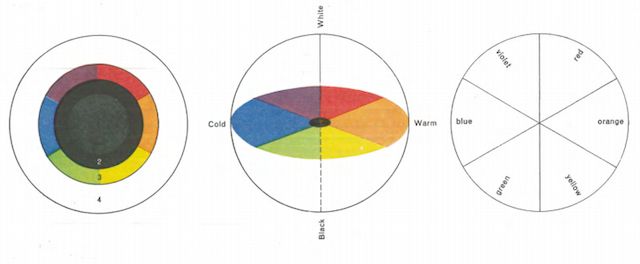
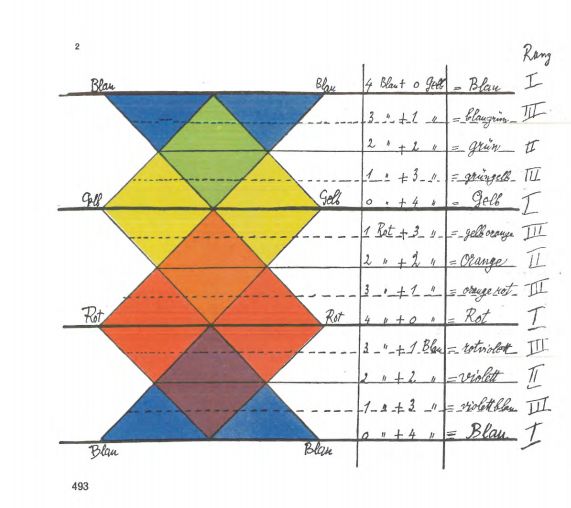
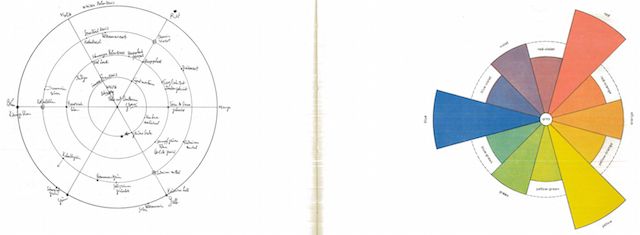
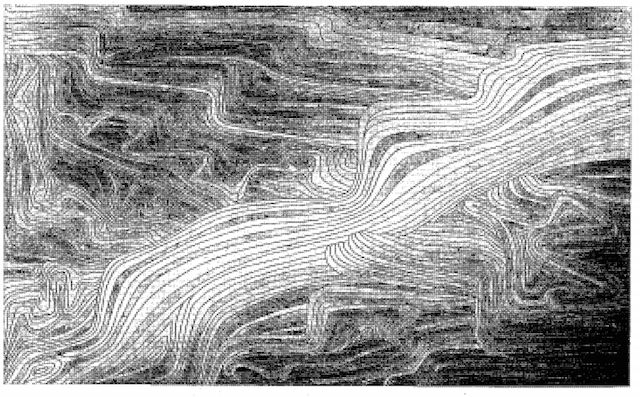
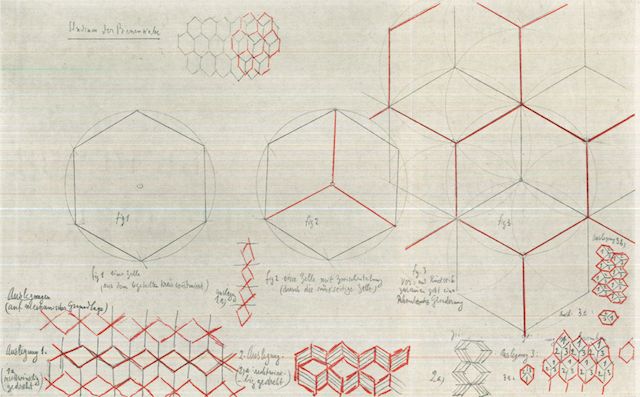
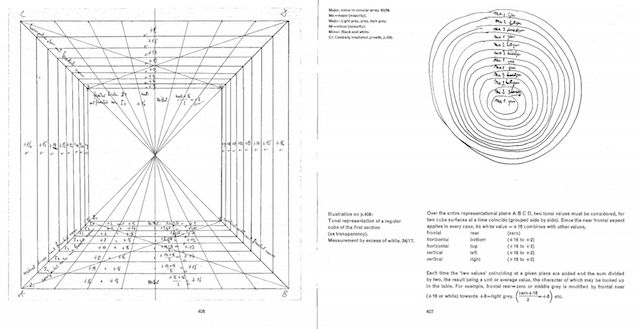
Still curious? The notebooks make an excellent addition to your budding art library.
